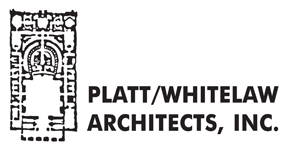Teaching Toward an Inclusive Architecture Industry
Yolanda Velazco, a top-notch designer at Platt/Whitelaw, is more than just an architecture instructor teaching at Southwestern College. Having grown up in Mexico, and even having attended Southwestern College herself, Yolanda knows that navigating a college experience in a different country comes with a learning curve. Many of her students at Southwestern Co




